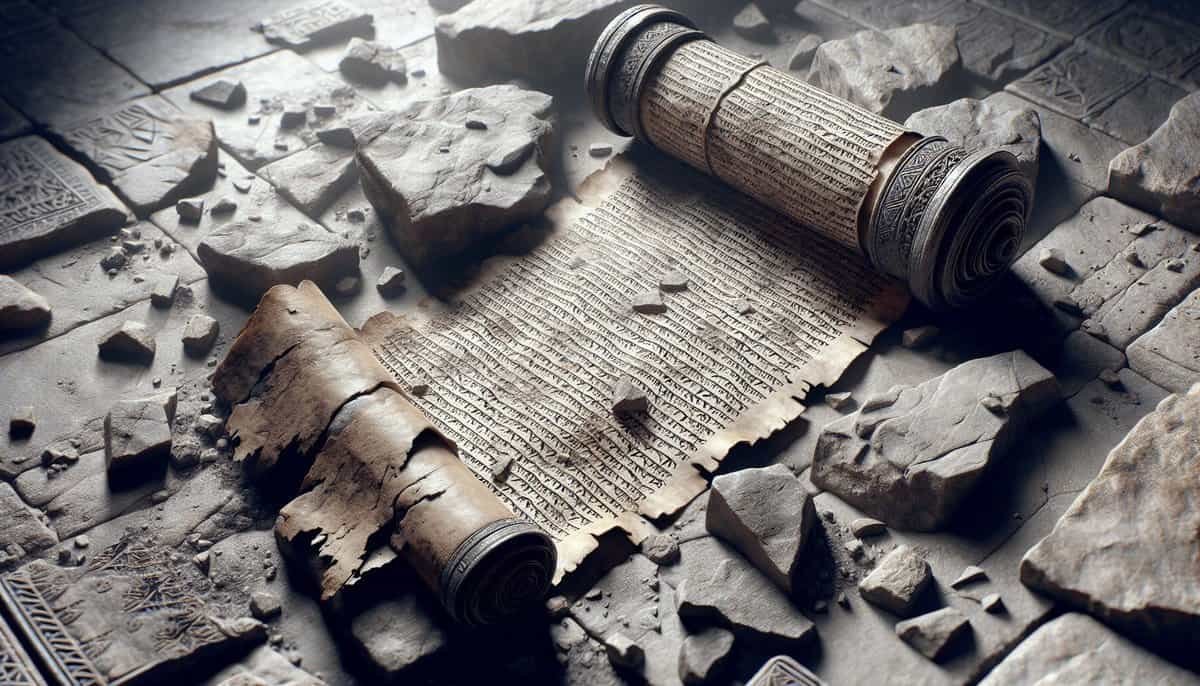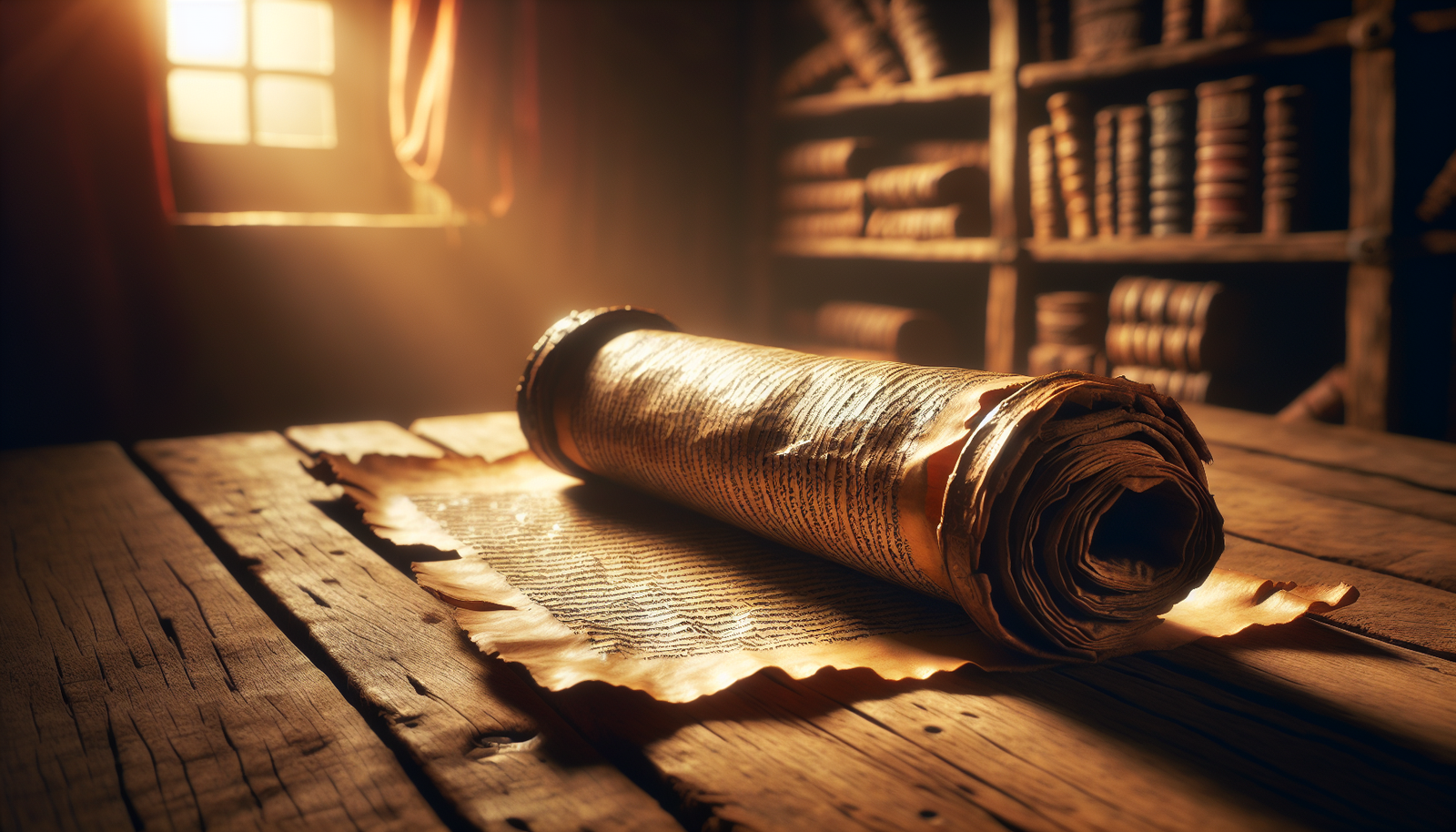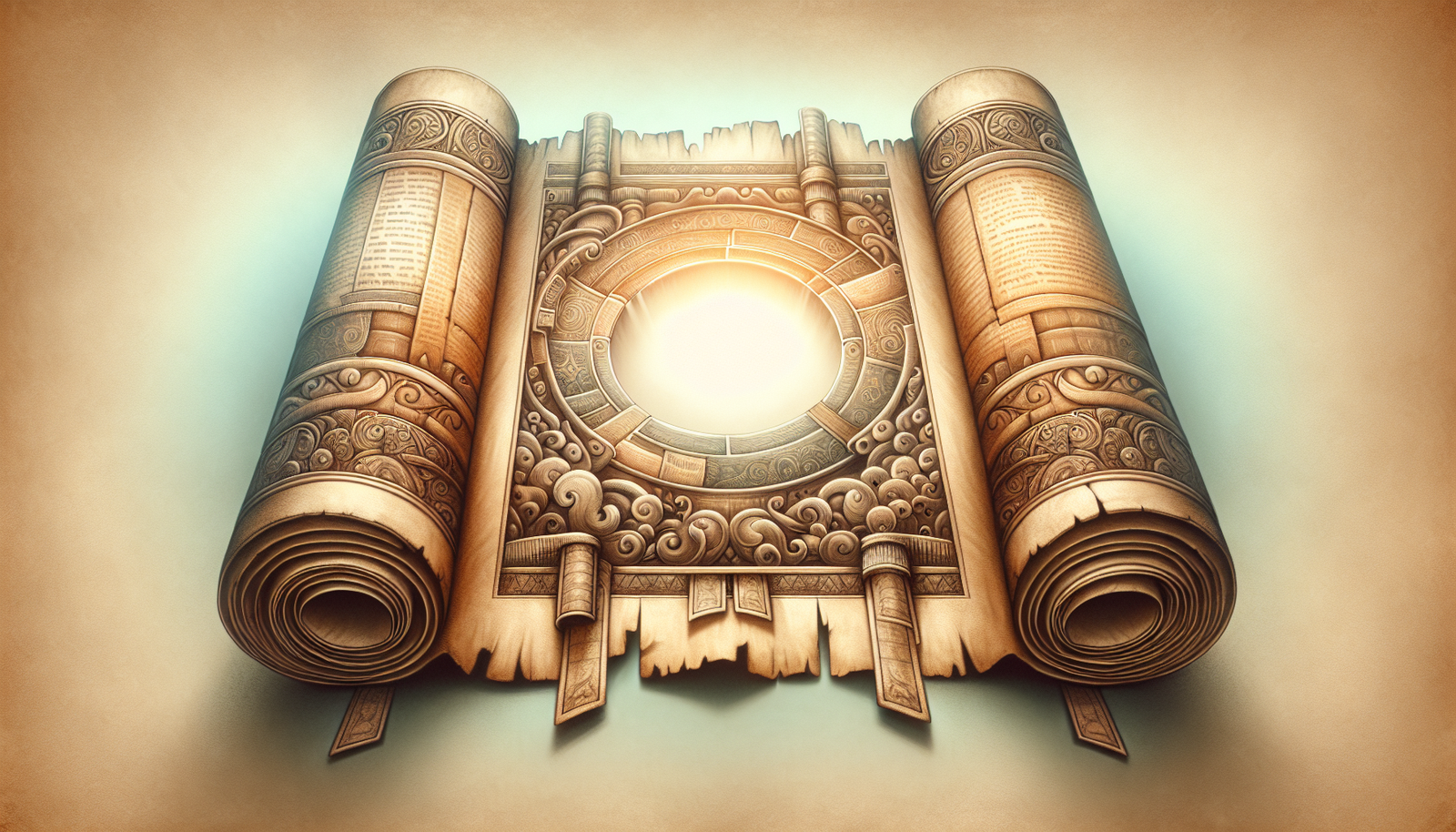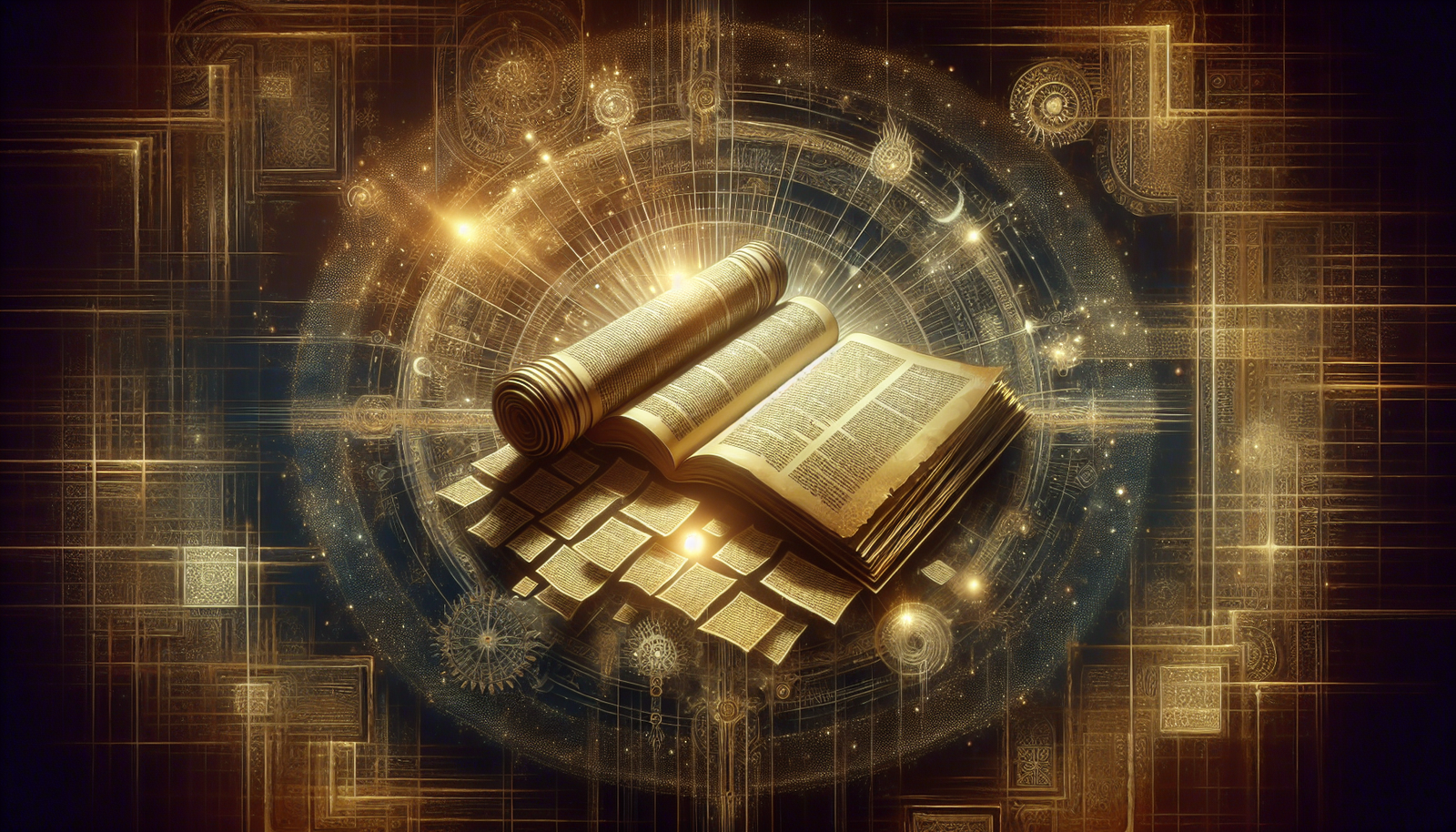What comes to mind when you think about the afterlife? For many, it conjures images of ethereal realms and angelic hosts. Yet, in the heart of Jerusalem lies a place steeped in history and mystery—one that offers a unique perspective on the afterlife concept: the City of David. The remnants of an ancient civilization whisper tales through the cracks and tattered scrolls that have endured the test of time. Let’s take a closer look at this fascinating intersection of archaeology, theology, and history.
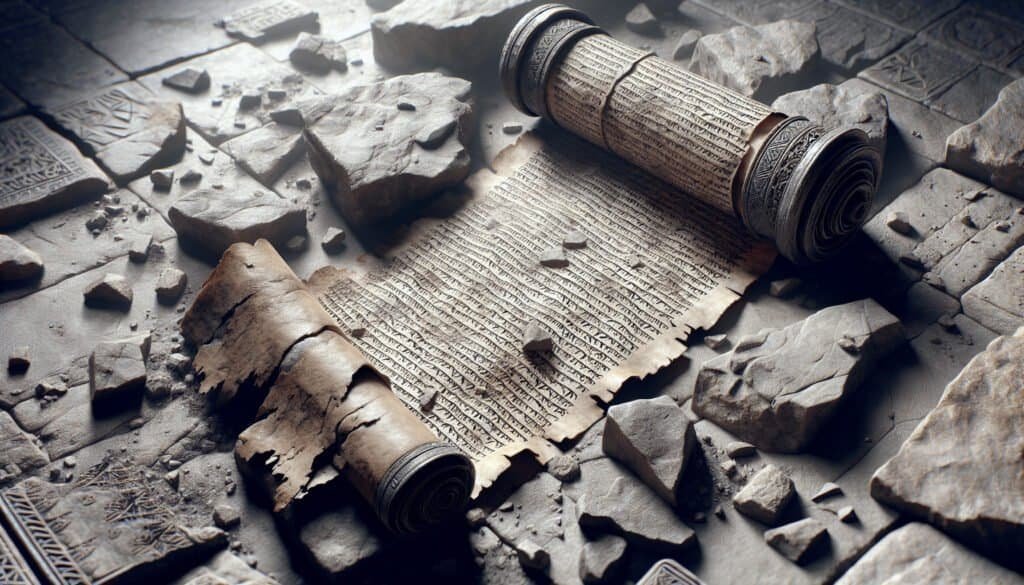
The City of David: Where History and Mythology Intersect
Situated just south of the Old City of Jerusalem, the City of David is a treasure trove for historians and archaeologists alike. You might wonder, why is this city significant? Well, it’s believed to be the original urban core of ancient Jerusalem, founded around 3,000 years ago. Here, the narrative of King David unfolds, entwined with the biblical tales that shape Jewish and Christian heritage.
Historical Context of the City
Understanding the City of David requires a brief jaunt through time. Archaeologists have uncovered a series of structures, including homes, fortifications, and tunnels, that paint a picture of a thriving city. These artifacts don’t just tell the story of day-to-day life; they also reveal how ancient civilizations grappled with foundational questions about life after death. Just imagine the bustling streets, as families discussed their hopes and fears in the shadows cast by ancient walls.
The Archaeological Excavations
Have you ever watched an archaeological dig unfold? It’s like peeling back layers of history, revealing hidden treasures buried for centuries. Since the late 19th century, excavations in the City of David have revealed monumental finds, including the Pool of Siloam and remnants of the First Temple. These sites contribute significantly to our understanding of biblical narratives and inform us about how those ancient peoples viewed life, death, and beyond.
The Tattered Scrolls and Afterlife Narratives
In your quest to understand the afterlife as conceived by ancient peoples, the tattered scrolls—specifically the Dead Sea Scrolls—play a pivotal role. Unearthed in the mid-20th century near the Dead Sea, these scrolls include religious texts and literary works that provide insights into the beliefs held by the various sects of Judaism.
The Dead Sea Scrolls: A Brief Overview
The Dead Sea Scrolls are a collection of over 900 documents, some of which date back to the third century BCE. These scrolls encompass a diverse range of writings, from biblical texts to sectarian manuscripts. When you think about how fragile these scrolls are, it’s remarkable that they continue to offer us a glimpse into the mindset of those who came before us.
- Key Manuscripts:
- The Isaiah Scroll: One of the most complete scrolls, offering insights into prophetic literature.
- War Scroll: Discusses the final battle between the forces of good and evil, reflecting eschatological beliefs.
- Thanksgiving Hymns: A collection of poems that express gratitude, possibly hinting at communal beliefs in the afterlife.
Surviving the Test of Time
You might wonder, how have these scrolls survived? The story of their preservation is almost as captivating as the texts themselves. Hidden away in caves during the Roman occupation, they remained untouched for almost 2,000 years until a fortunate discovery in 1947 revealed their existence. Their fragility belies the weight of the truths they hold.
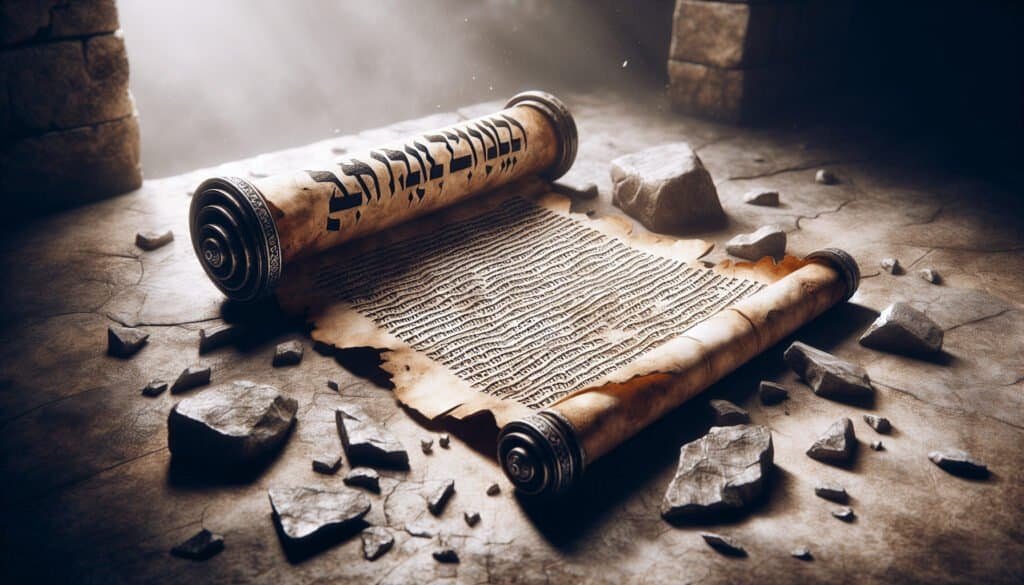
Afterlife Beliefs in the Scrolls: A Comparative Perspective
The scrolls, while ancient, shed light on timeless questions about the afterlife that resonate even today. As you read through them, different themes jump out, reflecting a rich tapestry of beliefs.
Resurrection vs. Immortality
In examining the scrolls, you find differing beliefs about what happens after we take our final breath. On one hand, resurrection is present in texts like the Book of Daniel. The idea that the dead will rise again to face judgment holds powerful implications on moral living.
On the flip side, you have texts that lean towards the concept of immortality of the soul. Here, those with pure hearts might exist eternally in a exalted state, while others face the possibility of oblivion. It’s an intriguing duality that mirrors contemporary debates about what lies beyond life.
The Influence of Hellenistic Thought
As you journey through the annals of history, it’s crucial to recognize the influence of Hellenistic philosophy on Jewish thought. The contact between cultures brought forth new ideas regarding the soul and resurrection, producing a rich dialogue that transformed traditional beliefs. Isn’t it fascinating how exchanges of ideas transcend time and culture, reshaping worldviews?
The Cultural Significance
Understanding these ancient beliefs about the afterlife isn’t solely an academic endeavor; it holds cultural significance too. The themes of spirituality explored in the City of David and through the Dead Sea Scrolls continue to resonate in modern discourse, offering perspectives that inspire contemporary thought.
The Role of the City of David in Modern Scholarship
Today, the City of David serves as both a historical site and a focal point for theological discourse. Scholars and theologians often reference its discoveries to support their interpretations of key biblical narratives. As you absorb this knowledge, consider how these ancient narratives inform current beliefs and practices.
Influence on Judaism and Christianity
The afterlife concepts found in the Dead Sea Scrolls laid the groundwork for beliefs within Judaism and Christianity. The scrolls capture a pivotal moment in history when traditional beliefs were being reexamined and reshaped under various influences. These narratives have sparked countless theological debates that continue to this day, with scholars arguing their relevance to contemporary understanding.
The Intersection of Faith and Scholarship
You may find it intriguing how the quest for understanding brings together faith and academic inquiry. Scholars who immerse themselves in these texts and excavate ancient sites often possess a deep-seated belief in the narratives they explore. This intersection can lead to fruitful discussions about faith, knowledge, and the afterlife.
Theological Implications
By examining the concepts of afterlife in the context of the City of David and the Dead Sea Scrolls, you can discern how these beliefs influence ethical and moral frameworks in society. They don’t exist in a vacuum; rather, they affect how you might perceive responsibility toward yourself and others, now and in the afterlife.
Scholarly Contributions
Trustworthy scholarship forms the backbone of our understanding of these ancient texts and sites. Experts in biblical archaeology, theology, and history contribute significantly, providing perspectives that enrich both academic and public discourses. Their expertise offers invaluable insights, ensuring a comprehensive understanding of how ancient peoples viewed the complexities of life and death.
Concluding Thoughts
When you consider the interplay between ancient texts, archaeological findings, and evolving beliefs around the afterlife, it’s clear that the City of David and the Dead Sea Scrolls offer profound insights. They serve as reminders of how far humanity has come while retaining core questions about existence, morality, and purpose.
In today’s world, good scholarship and faith can coalesce to reveal wisdom from antiquity that still applies. What you learn from these ancient texts can inform your understanding of life today and the mysterious realm of what comes after. And while the scrolls may be tattered, the insights they provide remain beautifully intact, whispering questions that have echoed through centuries, waiting for modern minds to consider their weight.
This exploration invites you to reflect on the past while embracing the relevant questions it provokes about your own beliefs regarding the afterlife. The journey through the City of David is not simply a venture into archaeology; it’s a walk through the heart of human inquiry.
